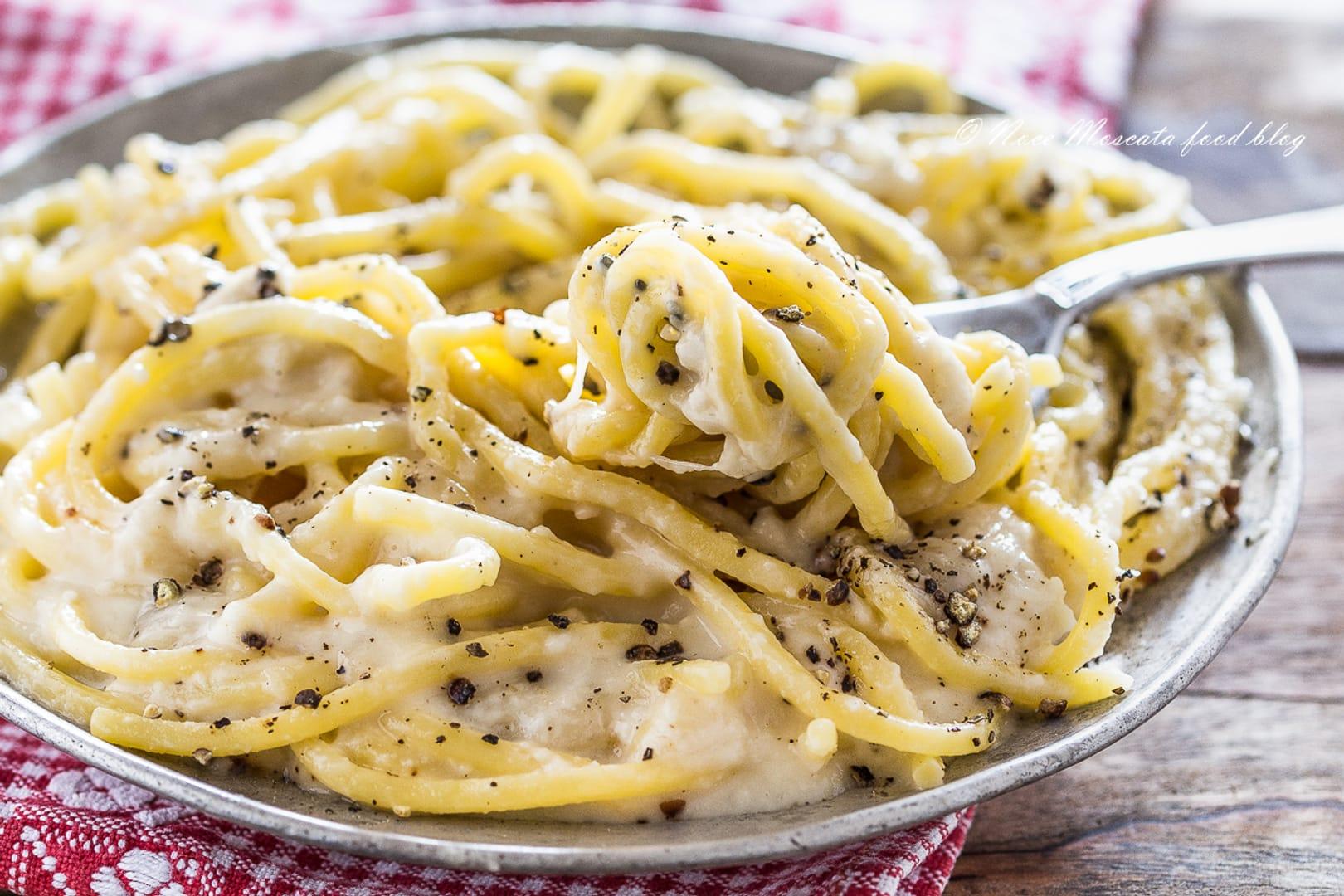ROME – Anyone who’s spent much time in Rome likely, at one point or another, has had a plate of cacio e pepe, a classic dish of the surrounding Lazio region. It’s so celebrated here that just down the block from our apartment building is a popular restaurant called Cacio e Pepe, where, naturally, it’s the house specialty.
Seeing that normally bustling eatery locked up for the last couple of months has been a daily reminder of the realities of quarantine. (Before you ask, no, they don’t do home delivery; you eat cacio e pepe fresh out of the pan or not at all.)
Originally developed by local shepherds as a go-to meal during seasonal migrations of their flocks, it requires just three ingredients: Black pepper, pecorino cheese and pasta. Basically, you boil the pasta, add some grated cheese and pepper, and you’re good to go. The cheese mixes with the starch in the pasta water to create a light cream, which is also flavored by the pepper.
However, as famed Italian chef Luca Pappagallo says, “Cacio e pepe apparently is the simplest recipe in the Italian kitchen, but, in reality, one of the most insidious.” That’s because you have to get the sequence, the timing and the mix just right, and a tiny error can have disastrous consequences.
In that sense, cacio e pepe may be an apt metaphor for the recipe Catholic bishops in various parts of the world appear to be trying to follow with regard to the resumption of ecclesiastical life after coronavirus lockdowns.
On the surface, it too would appear to be simple: Everybody wants Mass and the other sacraments again as soon as possible, so as countries start lifting their restrictions, one would expect bishops to hit the “on” switch almost immediately.
Yet for example, the Italian bishops so far haven’t announced a plan for returning to public Masses and other routine pastoral activity, despite the fact that Prime Minister Giuseppe Conte’s team has put together a four-stage plan for the national ripresa, or “reopening,” beginning tomorrow with certain key industries and culminating May 18 with the long-awaited reopening of bars, restaurants and museums.
On Friday I checked in with Father Ivan Maffeis, the spokesman for the Italian bishops’ conference (CEI), who said “not yet.”
“I really hope the political authorities will be able to give us an answer as soon as possible,” he said, obviously implying that the bishops plan to follow the indications of the government.
By way of contrast, the French bishops announced Friday that public Masses will resume beginning May 11, saying they’re acting “in full solidarity with the collective effort to combat an epidemic which is still dangerous and difficult to control,” but also with “deep awareness of the impatience of the faithful to come together to celebrate and nourish their faith, and to share it.”
The French bishops said they were communicating their plans to government officials (and thus not asking permission) “so the dialogue may continue, both on the national and local levels,” and it came two days before, not after, a scheduled video conference call between the bishops and French President Emmanuel Macron.
In Vietnam, at least three dioceses have restarted public Masses as the government eases other coronavirus restrictions, and in the US, Bishop Peter Baldacchino of Las Cruces, New Mexico, was the first to authorize public Masses to resume, capping attendance at five, arguing the move was consistent with state requirements. Since then, bishops in two dioceses in Montana and in Lubbock, Texas, have followed suit.
Other bishops have floated ideas for reopening. On his Catholic Channel radio show this past Tuesday, for example, Cardinal Timothy Dolan of New York said that in a recent conference call with veteran pastors, they’d discussed the possibility of “working backwards” – starting with resuming daily Mass, then small weddings and baptisms, then eventually returning to the Sunday Mass. So far, however, no firm plan with dates attached has been announced.
In other words, there’s no consistent approach, either comparing one bishops’ conference to another or one diocese to another.
Like cacio e pepe, the ingredients here are three: There’s the desire for Mass, there’s the desire not to defy public health experts or civil leaders, and there’s the bishops’ authority to act. The trick is mixing them just right, and therein lies the insidious part.
If a bishop strikes out on his own, he could be accused of putting pressure on colleagues and breaking the gentlemen’s agreement of a conference; if he doesn’t, people will say he’s a bureaucrat. If the bishops together open up too soon, they’ll be accused of being reckless; too late, they’ll be said to be dithering. If they wait for a government green light, people will complain they’re setting a dangerous precedent; if they don’t, the claim will be they’re arrogant and think the Church is above the law.
The nightmare scenario, which no one wants, is to lift the suspension on public liturgies only to find out the virus isn’t really contained, and then have to reimpose it.
This isn’t a question the Vatican can settle, since establishing dates and protocols depends on local conditions. In terms of signals, Pope Francis has displayed the same ambivalence many Catholics feel between not wanting to ignore scientific concerns but also urging “closeness” to the people. A bishop looking to the pope for guidance, therefore, won’t find an unambiguous nudge in one direction or the other.
Fortunately, when it comes to cacio e pepe, Chef Luca has a handy step-by-step instructional video to guide one through the complexities. Bishops today, alas, have no such resource, and thus perhaps it’s understandable their own recipe still seems a work in progress.
Follow John Allen on Twitter at @JohnLAllenJr.














